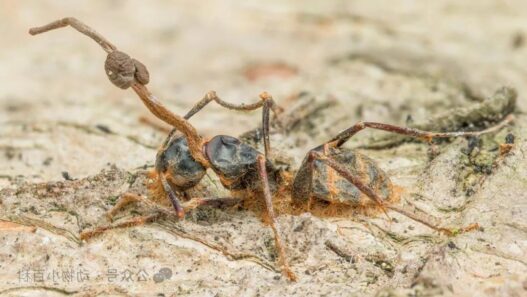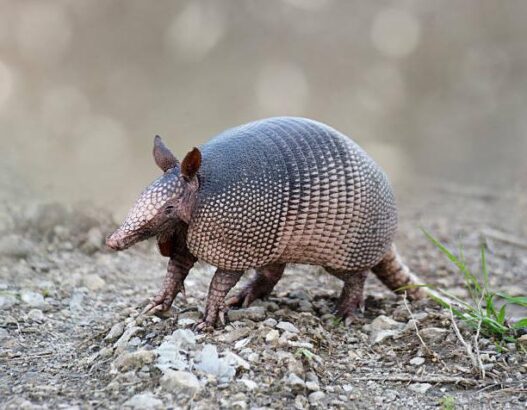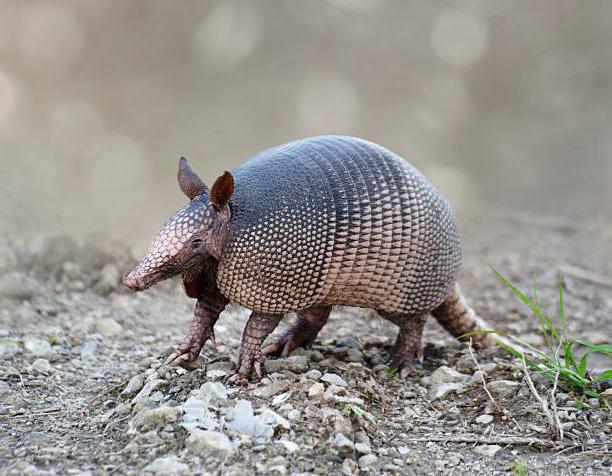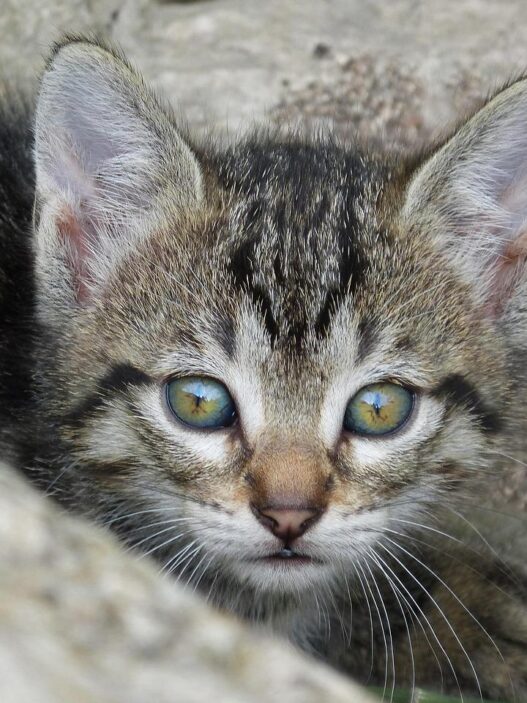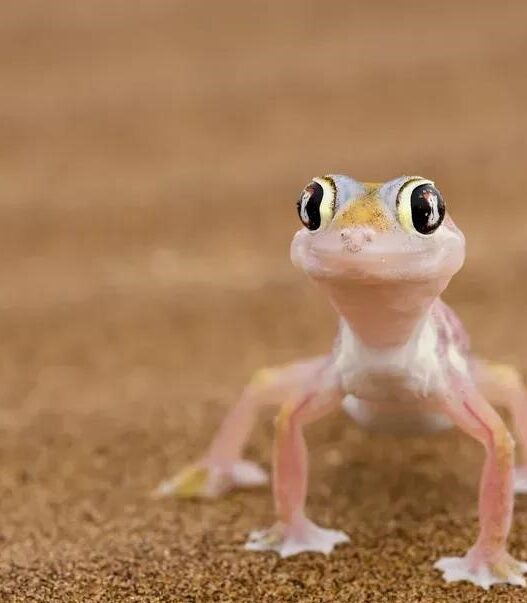When you hear the word “Armadillo“, you might not realize it comes from Spanish, meaning “little armored warrior.” These unique animals wear impressive armor made of keratin-covered bony plates. Originating from South America, armadillos consist of around 20 diverse species. They differ greatly in size, behavior, and habitats. Here’s a closer look at 13 amazing armadillo facts that’ll truly surprise you!
1. Just One Armadillo Species Lives in the U.S.
In the United States, the nine-banded armadillo is the only native armadillo. Originally found only in the humid Southern states, they’ve now expanded northwards to Illinois and Nebraska. Milder winters caused by climate change helped this northward movement.
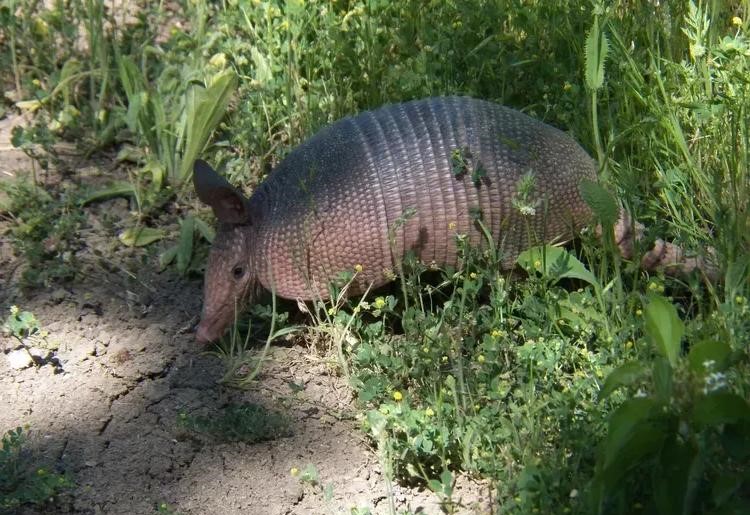
What’s truly remarkable: nine-banded armadillos always give birth to identical quadruplets from a single fertilized egg. This “natural cloning” is extremely rare among mammals. When startled, they can jump vertically up to 1.2 meters high!
2. Brazilian Three-Banded Armadillo: A Species Back from “Extinction”
The Brazilian three-banded armadillo was considered extinct until rediscovered in 1988. This makes it a classic example of a “Lazarus species,” animals believed extinct but found again later.
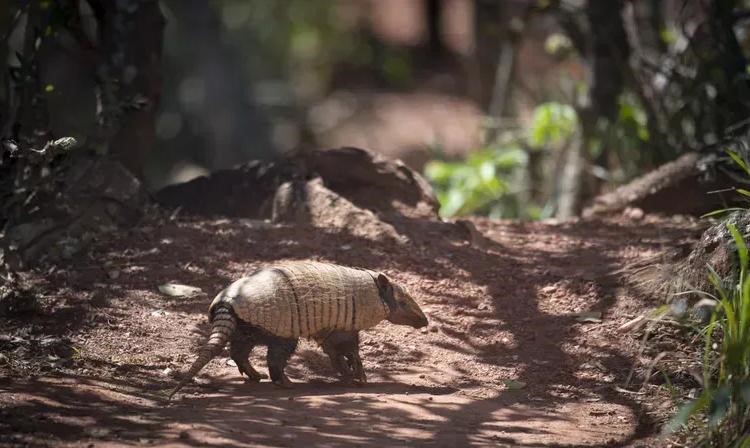
Listed as “vulnerable” by the IUCN, they are endangered within Brazil. Their nocturnal lifestyle and limited numbers, combined with habitat loss due to agriculture and illegal hunting, make their future uncertain.
3. Armadillos Had Giant Ancient Relatives
Long ago, armadillos had massive relatives called glyptodonts. These prehistoric creatures appeared about 35 million years ago, sporting huge, heavy armor plates and weighing over two tons.
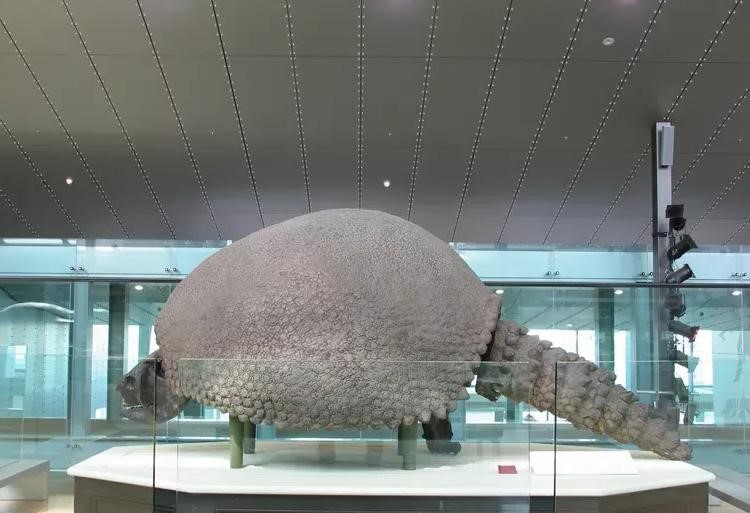
Early humans hunted glyptodonts for food and even used their enormous shells as makeshift shelters. Scientists now classify glyptodonts as part of the armadillo family tree.
4. Armadillos Can Sleep Up to 16 Hours Daily
These animals are true nocturnal creatures. Armadillos spend daytime hours resting inside burrows, sometimes sleeping up to 16 hours each day.

Though mostly solitary, they occasionally share their burrows with turtles, snakes, or rodents. When awake, they’re tireless hunters, constantly digging and foraging for food—earning them a reputation as some of the busiest mammals.
5. Armadillos Can Carry Leprosy
Amazingly, armadillos are the only known non-human animals capable of transmitting leprosy (Hansen’s disease). Their low body temperature allows this bacteria to thrive inside them.
Scientists speculate leprosy was brought to America by European colonists in the 15th century, later spreading to armadillos. Eating or hunting armadillos may put people at risk for contracting this disease.
6. Only Two Armadillo Species Can Roll into Balls
Contrary to popular belief, only two species—the Brazilian and Southern three-banded armadillos—can roll completely into a ball.
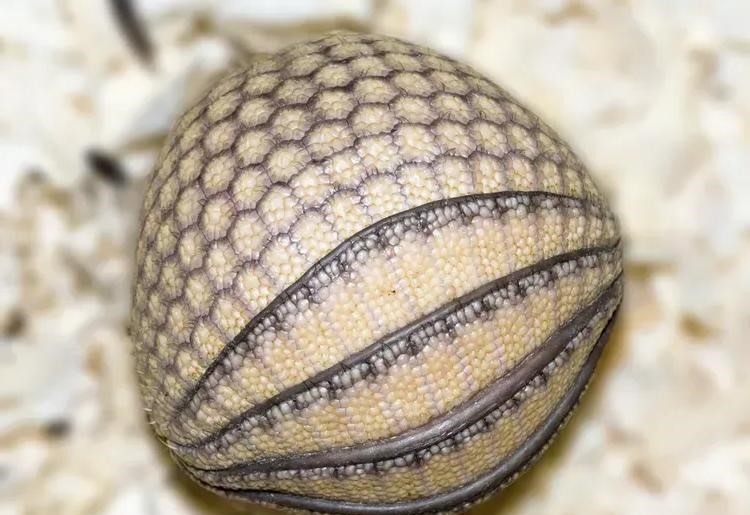
These species have fewer armor plates and a flexible structure, enabling this impressive defensive maneuver. Most other armadillos have too many rigid plates to roll fully.
7. The Largest Armadillo Can Weigh Up to 80 Kilograms
The largest living species is the giant armadillo, weighing between 20 to 60 kg in the wild. Captive individuals have even reached nearly 80 kg, measuring up to 1.8 meters long!
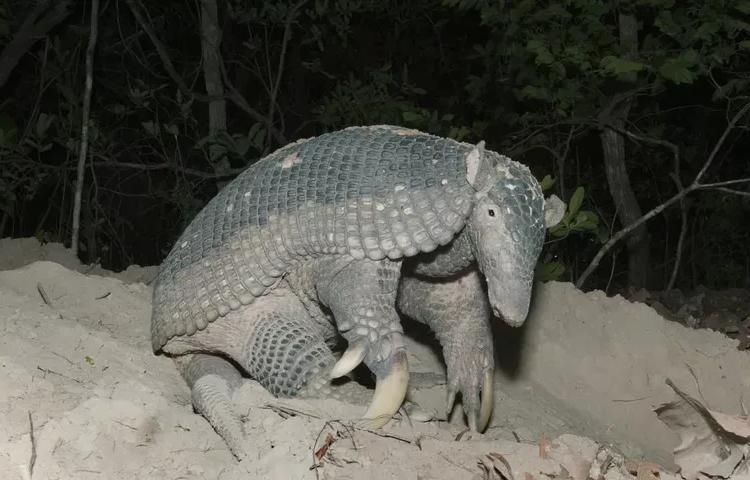
Giant armadillos also boast massive front claws, nearly 20 cm long—the longest of any mammal. Classified as vulnerable by the IUCN, they’re threatened by habitat loss and illegal hunting.
8. The Smallest Armadillo Fits in Your Palm
The tiny pink fairy armadillo measures only 10 to 15 cm and weighs less than 100 grams. Named for its adorable pink shell, it has a rear shield for digging.
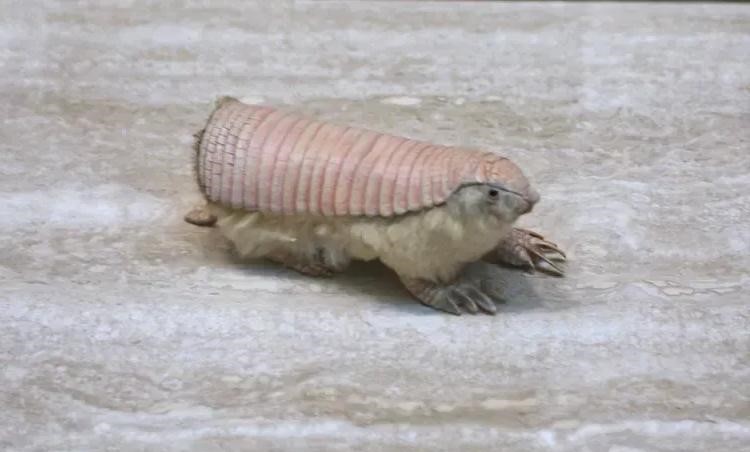
Living in Argentina’s sandy grasslands, it’s highly vulnerable. Its cute looks have made it a social-media sensation, leading to illegal capture. Sadly, captured individuals rarely survive longer than a week.
9. The Screaming Armadillo Really Exists
The amusingly named screaming hairy armadillo defends itself not just with armor but by emitting loud, shrill screams to scare off predators.
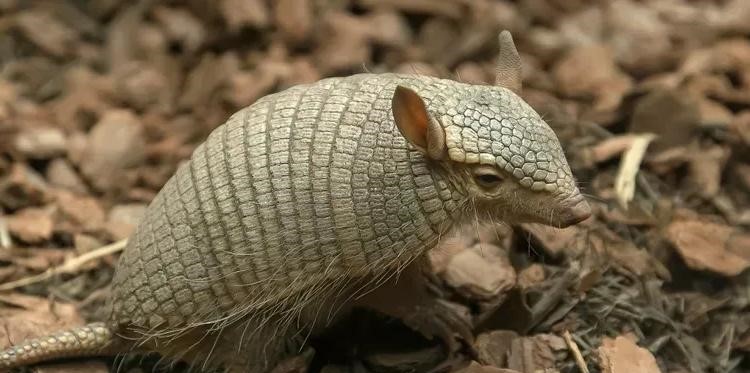
Common in parts of Bolivia, Paraguay, Argentina, and Chile, this species remains stable despite hunting for its meat and shell.
10. The Pichi Armadillo Can Truly Hibernate
The pichi armadillo, native to South America’s dry grasslands, is the only known armadillo species capable of true hibernation.
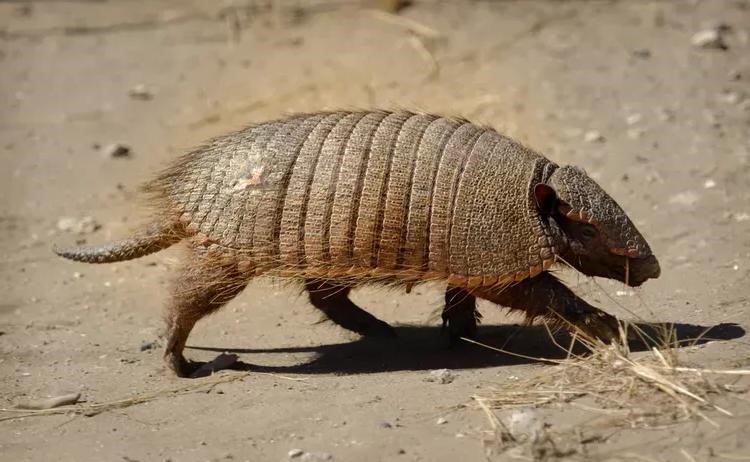
Before winter, it stores fat and retreats into a burrow, lowering its body temperature significantly. Besides winter hibernation, it regularly enters short-term states called “torpor” to conserve energy.
11. Many Armadillo Species Are Facing Extinction
Although the nine-banded armadillo thrives, many others are endangered. Species like the giant and Brazilian three-banded armadillo are vulnerable, while others like the southern three-banded and long-nosed armadillos are near-threatened.
Illegal hunting, habitat destruction from mining, ranching, and palm oil plantations are major threats to their survival.
12. Armadillo Shells Were Used for Musical Instruments
In the Andes region, armadillo shells were once used to craft a ten-string musical instrument called the charango, popular in Bolivian, Peruvian, and Chilean folk music.

Nowadays, to protect armadillos, charangos are commonly made of wood or gourds instead. Armadillo-shell instruments have been banned in multiple countries since 2015.
13. Armadillos Are Surprisingly Great Swimmers
Despite their heavy armor, armadillos are fantastic swimmers! They can hold their breath underwater for up to six minutes and even walk along river bottoms.
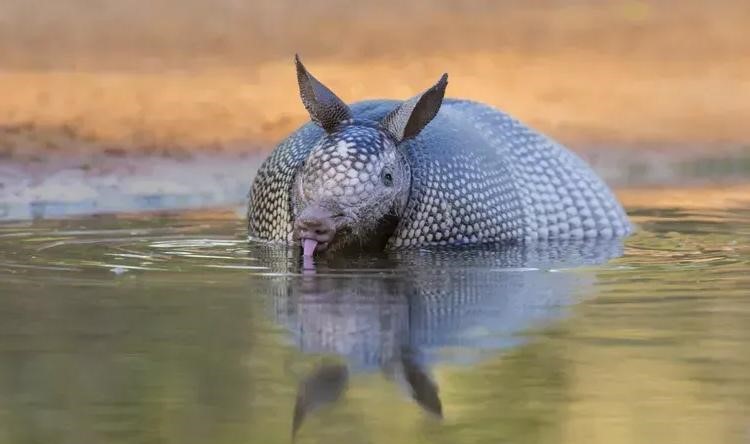
When crossing streams, armadillos swallow air to float, paddling dog-like across. This ability helped nine-banded armadillos spread across the Rio Grande into much of the United States.
If you’ve ever underestimated armadillos as mere oddball creatures, these amazing facts prove they’re truly fascinating animals—marvels of evolution and full of hidden surprises.






